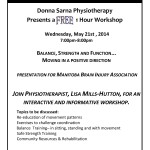June is Brain Injury Awareness Month
From the Office of Leona Aglukkaq
Minister of Health
Government of Canada
June is Brain Injury Awareness Month, the time when we raise awareness on the causes and impact of brain injuries in Canada. The physical, emotional, economic and social toll of brain injury is not only exacted on survivors and their families, but it also reaches friends, caregivers and the community.
In 2011, our Government committed up to $100 million to help establish the Canada Brain Research Fund. This Fund supports the very best Canadian neuroscience research and accelerates discoveries to improve the health and quality of life for Canadians who suffer from brain disorders. This fund is built on a public-private model, which matches private donations dollar-for-dollar with federal funding.
The fund is an important demonstration of the Government of Canada’s commitment to take action to address mental illness, brain disorders and brain injuries – conditions that are having an increasing impact on millions of individuals, families and the workplace.
The Government of Canada is encouraging children and youth to become more active and live healthy lifestyles, while also working to protect their safety. Through the Public Health Agency of Canada’s Active and Safe injury prevention initiative we’ve supported a number of community-based projects that empower Canadians to make safe choices when they get involved in sports and recreational activities. The initiative includes a focus on preventing major injuries such as concussions, drowning and fractures and promotes the safety of children and youth in high-participation activities such as hockey, snow sports, cycling and water sports.
Our Government continues to invest in brain injury research through the Canadian Institutes of Health Research (CIHR). The funding supports health researchers across Canada who are working to better understand brain injuries and to find new ways to prevent and improve the recovery of Canadians who suffer these serious injuries. In the last year, the CIHR lead a research initiative focused on mild traumatic brain injuries, such as concussions, particularly among children and youth. The research supported through this initiative is expected to produce new brain imaging techniques, improved clinical practices, and more effective injury prevention policies and programs.
I am confident that as we continue to work together these initiatives will enable us to advance our knowledge of prevention activities, treatments and cures linked to the brain.


